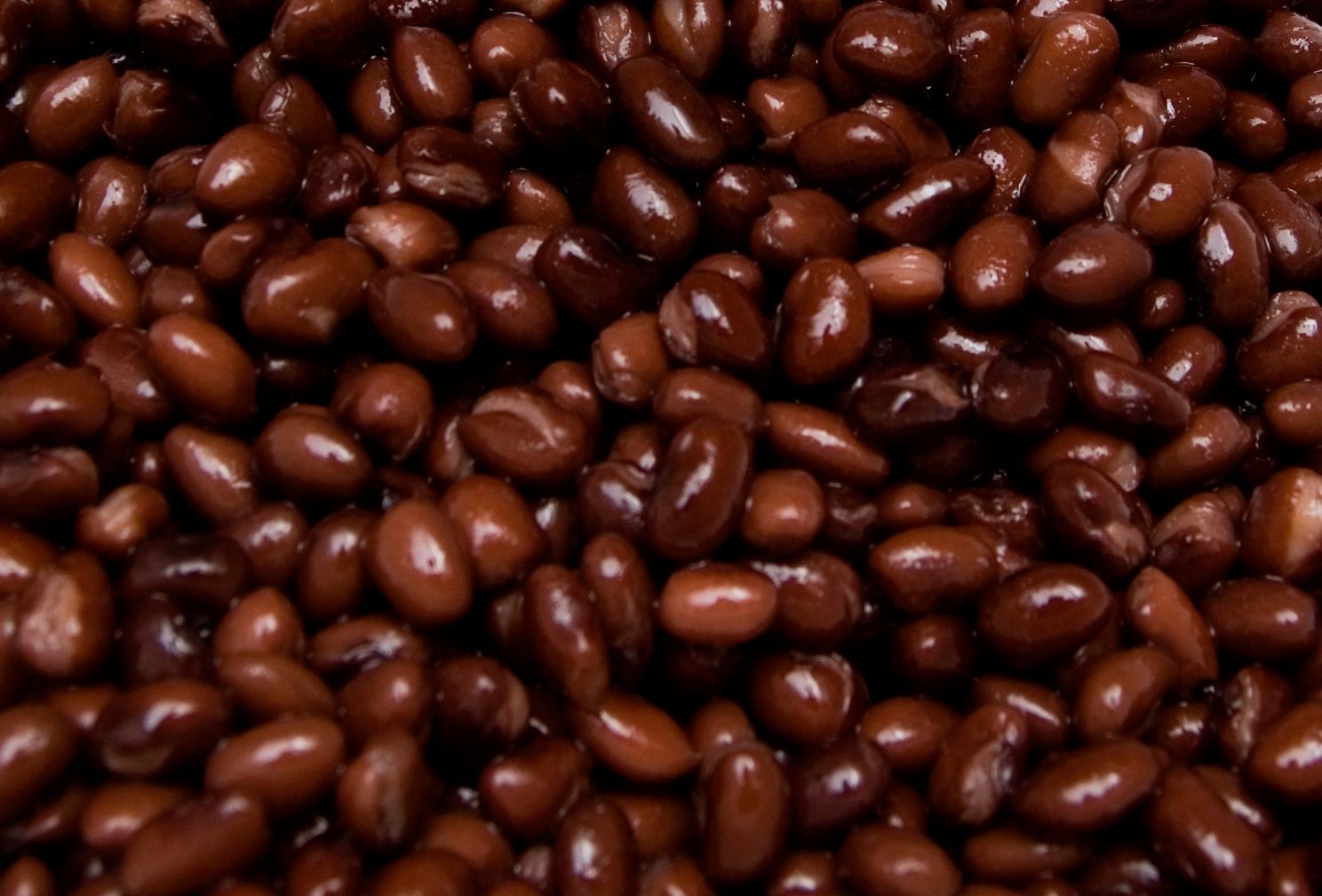
The Painful Truth: Decoding the Jungle of Joint Pain Treatments
- Nov 10, 2024
Joint pain: That invisible monster lurking in our bodies and using our precious, life-enabling joints as dance floors. Caused by a medley of juicy, big-word explanations like biological, psychological, and social factors, joint pain mostly genuflects to the regal condition we call arthritis.
Enter the wall of medicines ready for battle against joint pain. It's like visiting the United Nations of Drugs, with representatives of various strengths and side effects ready to roll up their sleeves and get to work. First in line for duty are the over-the-counter heroes, backed up by the prescription-only brigade for when the pain gets tough.
Tylenol (the commoner's term for acetaminophen) takes the stage as the OTC superhero, boasting pain-relieving and fever-reducing talents. It treats a variety of aches from tooth to joint pain, operating through central nervous system manipulation. But don't go overboard; exceeding a daily dose of 4,000 milligrams might earn you a trip to liver damage land.
Next up are NSAIDs, rebels reducing pain, inflammation, and fevers through a fancy prostaglandin production stunt. These include aspirin, ibuprofen, and naproxen, each with its own signature collection of side effects. But beware, expecting or breastfeeding mothers should check with their healthcare provider before befriending NSAIDs.
And, man, does it get intense when over-the-counter drugs fail to appease the pain gods. Prescription NSAIDs, along with their big brother Corticosteroids, make their way into the spotlight for some hardcore inflammation busting and pain soothing. They mean business, but the side effects, especially with long-term use, can get quite gnarly.
DMARDs, the saviors for rheumatic arthritis-induced joint pain, tag team with anti-inflammatory drugs to prevent bone weakening and improve joint function. They're in the slow lane though, taking weeks or even months to show their muscle.
Antidepressants, too, can help manage joint pain. They dance with the brain’s pain-producing mechanisms, providing relief and improving sleep quality. But abruptly breaking up with these drugs could lead to withdrawal effects, so take caution.
Opioids, the opium poppy derivatives, sitting at the painkiller pinnacle, provide relief and relaxation by cozying up to opioid receptors in the brain and spinal cord. However, long-term or nonprescription use may lead down the dangerous path of dependence or substance abuse.
Navigating this wild jungle of medications can be daunting. While meds can alleviate the agonizing symphony of joint pain, they're not without their quirks, oddities, or potential dangers. Always consult with your healthcare provider to find the best combination of medications, accompanied by lifestyle changes and alternative therapies.
Medications, in all their helpful and sometimes absurd complexity, are just one piece of the joint pain puzzle. Let's face it: Life with joint pain may look like an endurance test, but maybe that's just because we haven't found the right cocktail of treatments yet. So, embrace the challenge, and remember: Keep your senses sharp, don’t tolerate BS, and always eat your kale.






